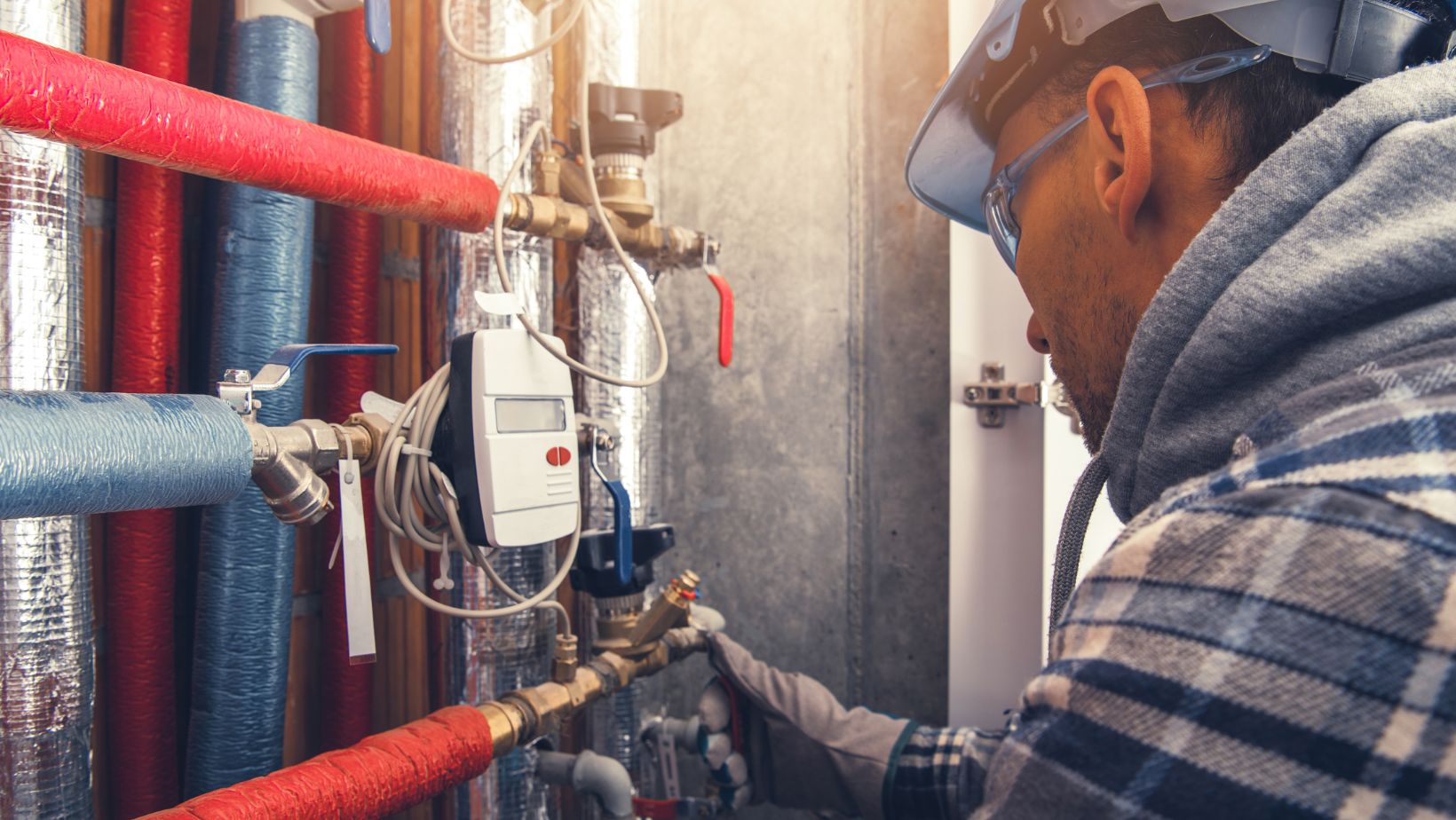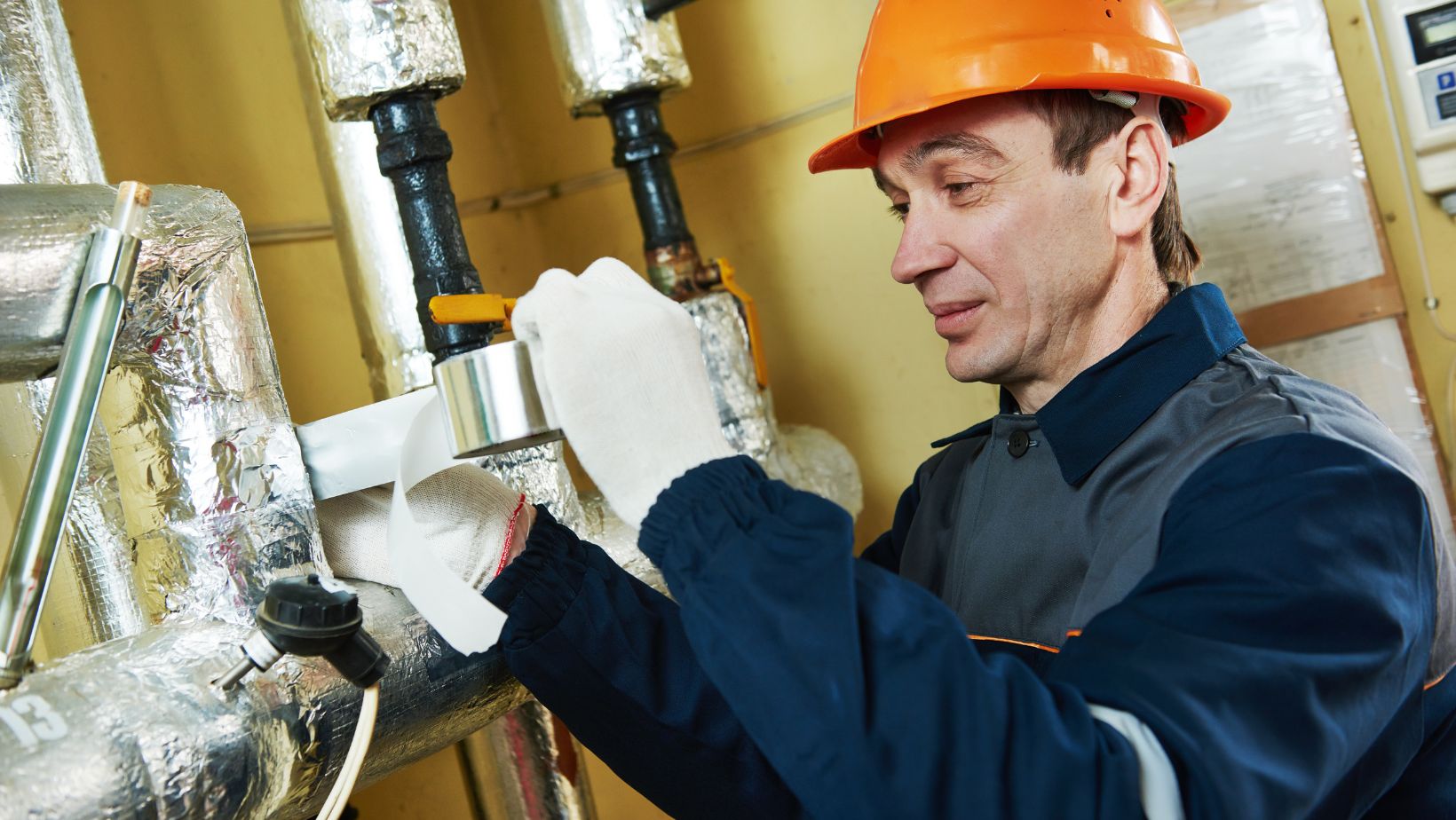Ever marveled at how your laptop stays cool even after hours of intense gaming or video editing? That’s the magic of heat pipe technology, working tirelessly behind the scenes. It’s an unsung hero of thermal management, ensuring our devices don’t overheat and underperform.
Heat pipes might sound complicated, but they’re fascinating once you start to understand them. They’re like the blood vessels of our tech, circulating heat away from sensitive components. So, let’s dive into the world of heat pipe technology, exploring its intricacies and appreciating its silent contribution to our tech-driven lives.
Heat Pipe Technology
Diving deeper into our topic, let’s grasp the essentials of heat pipe technology. This section gives an insight into the elementary aspects and key components of heat pipes, integral for electronic cooling systems’ efficient functioning.
The Basics of Heat Pipe Technology

A heat pipe, in its simplest form, could be seen as a super-conductor for heat. These pipes entail a sealed metal tube featuring an inner lining of a wick-like capillary structure. This wicking material saturates with a liquid coolant.
Once a heat source applies to a part of the heat pipe, the liquid heats up and turns into vapor. This vapor, carrying the heat along, travels through the pipe to a cooler section where it condenses back to a liquid form. In essence, heat pipes embody the principles of evaporative cooling, leveraging phase change heat transfer for efficient displacement of thermal energy.
Components of Heat Pipes
Let’s pierce through the facade of heat pipes and look at their components. Heat pipes consist of three primary parts: the container, the wick, and the working fluid.
- The container’s role is fairly straightforward – it provides the structural casing for the system. It needs to be compatible with the working fluid and should offer superior thermal conductivity. Think of materials like copper and aluminum, known for their excellent heat transfer properties.
- The wick, made from porous materials like metals or ceramics, saturates with the working fluid. It accommodates the fluid’s return from the cooler to the hotter regions of the pipe when it condenses back to liquid form.
- The working fluid, which can be a substance like water, alcohol, or even mercury, dependent upon the operating temperature range, carries out the actual ‘lifting’ of heat.
Bearing these in mind, it’s clear how heat pipe technology has become the unsung hero in our tech-driven lives, silently yet efficiently managing thermal challenges. By improving our understanding of this technology, we can appreciate its pivotal role in multiple sectors, from consumer electronics to industrial thermal management solutions.
Prime Advantages of Heat Pipe Technology
By harnessing the properties of thermodynamics, heat pipe technology offers key benefits. I will discuss three specific advantages in the sections below.
Improved Thermal Efficiency

Heat pipe technology propels a cycle that’s efficient in managing heat dissemination. Drawing on the heat from high-temperature areas, it ensures a drastic drop in thermal resistance. The cycle, backed by the phase change of the working fluid, ensures consistent heat removal. Consider a CPU cooler for example; its job includes rapidly transferring the heat away from the processor chips. Thanks to heat pipe technology, it does this exceedingly well, resulting in significantly improved overall thermal efficiency.
Boundary-less Heat Transfer
A distinctive aspect of heat pipe technology is its ability to enable boundary-less heat transfer. The heat transport is independent of orientation or gravitational effects; therefore, it effectively overcomes location and space limitations. An example can be visualized in gaming laptops. Despite the compact and densely packed inner components, heat pipes ingeniously transfer the heat across all the parts without any spatial boundary limitations.




